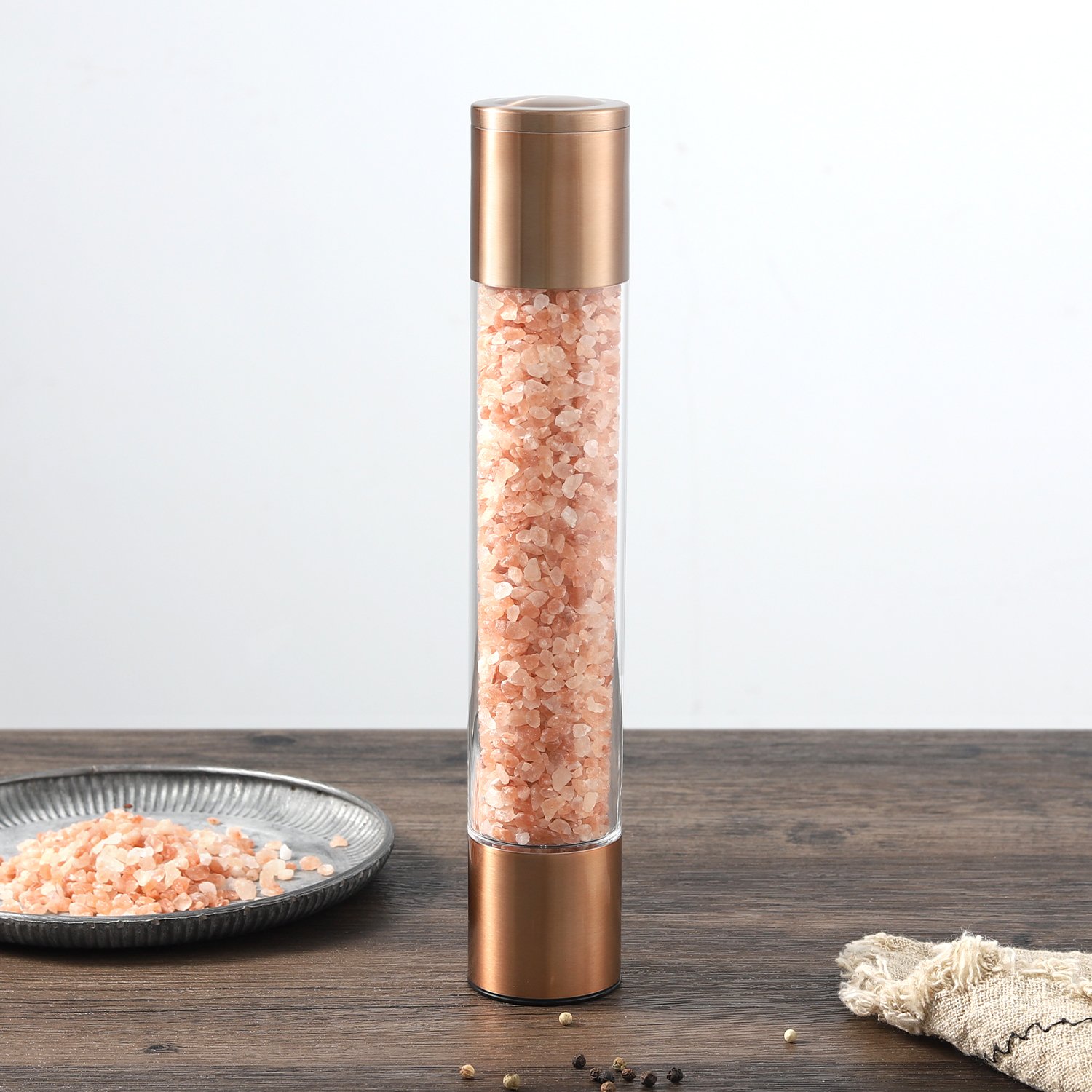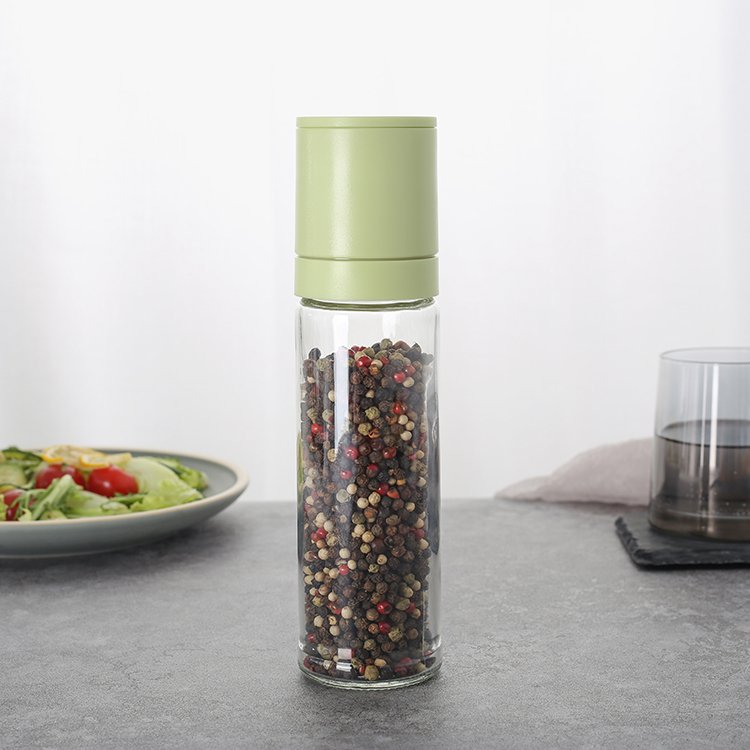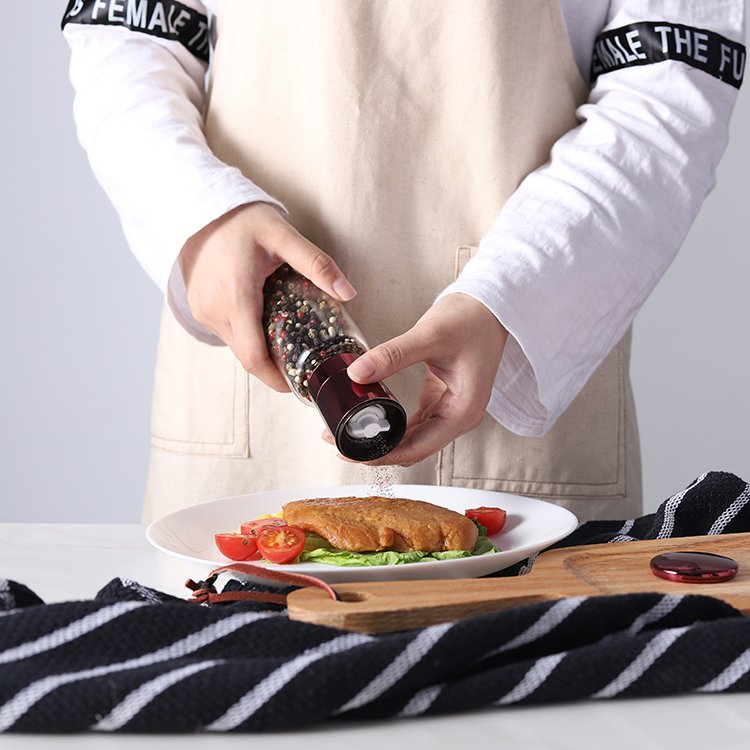
You maximize the performance of your salt and pepper grinder when you clean and care for it regularly. Proper maintenance keeps an electric salt and pepper grinder running smoothly and preserves its lifespan. A stainless steel pepper grinder also benefits from routine care, ensuring consistent grinding and freshness every time.
Cleaning Your Salt and Pepper Grinder: Step-by-Step Guide
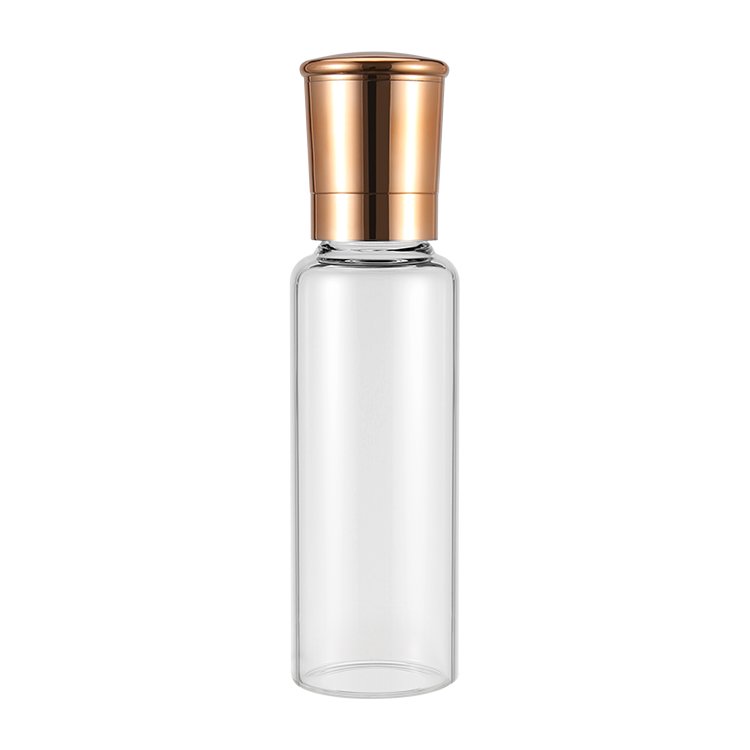
How to Disassemble House Salt and Pepper Grinders
You begin cleaning your salt and pepper grinder by disassembling it properly. Most house salt and pepper grinders feature a top screw or cap. Remove this part carefully to access the internal components. Always refer to your manufacturer’s instructions if available. Handle each part gently to avoid damaging the grinding mechanism. Place the parts on a clean, dry towel to keep them organized during the process.
How to Clean a Salt Grinder
Cleaning a salt grinder requires attention to detail to maintain performance and prevent residue build-up. Follow these steps for effective cleaning:
- Use warm water and mild soap to wash the removable parts.
- Disassemble the grinder by undoing the top screw and separating the components.
- Wipe the internal mechanisms with a damp cloth to remove salt residue.
- Use a fine brush to reach stubborn granules inside the grinder.
- Allow all parts to dry separately before reassembly.
- Avoid using white vinegar, as it can leave unwanted flavors in your salt and pepper.
Tip: Ceramic grinders resist corrosion and require less frequent cleaning than metal grinders. Metal salt grinder mechanisms need more frequent cleaning to prevent rust and clumping.
| Grinder Type | Corrosion Resistance | Maintenance Frequency |
|---|---|---|
| Ceramic | Resistant | Less frequent |
| Metal | Susceptible | More frequent |
You should clean a salt grinder every two to four weeks to keep it working smoothly and to prevent clogs.
How to Clean a Pepper Mill
When you clean a pepper mill, you protect the flavor of your spices and extend the life of your grinder. Start by unscrewing the nut on top and removing the lid. Turn the mill upside down to empty any remaining peppercorns. Use a clean, dry brush to remove debris and oils from the grinding mechanism. Wipe the exterior with a damp cloth, but avoid using cleaning sprays. Never run a wooden or metal pepper mill under water or put it in the dishwasher. Before storing, remove any leftover spices to prevent dampness.
Note: Always use a funnel when refilling your pepper mill to avoid spills and keep the grinding mechanism free from excess spice dust.
Drying and Reassembling Properly
After cleaning a salt grinder or pepper mill, make sure every part dries completely. Moisture left inside can cause clumping, corrosion, or uneven grinding. Lay each piece out on a towel in a well-ventilated area. Only reassemble your grinder when you feel confident that all parts are dry. Double-check that you have cleaned every component. If you leave residue behind, you risk jams or uneven grinding.
Ensuring all components are cleaned before reassembly is crucial to prevent jams or uneven grinding caused by leftover residue.
By following these steps for cleaning your salt and pepper grinder, you maintain the quality of your seasonings and ensure smooth operation for years to come.
Recommended Cleaning Materials and Frequency
Safe Tools and Products for Cleaning Your Salt and Pepper Grinder
You should always choose cleaning materials that protect both your grinder and your health. Food safety guidelines recommend using tools and products that do not react with spices or leave harmful residues. For best results, select the following:
- Use PET bottles, which are free from BPAs and other harmful chemicals.
- Choose grinders made with stainless steel or ceramic, as these materials meet FDA standards for food contact and maintain grinding performance.
- Clean with a damp cloth and plain water. This method prevents chemical reactions and keeps your grinder safe for daily use.
- Avoid antibacterial sprays or harsh cleaning agents. These products can damage the grinder and affect the taste of your salt and pepper.
- Always dry your grinder thoroughly before storing it to prevent moisture buildup.
Tip: A soft brush helps remove stubborn spice particles without scratching the grinder’s surface.
How Often to Clean House Salt and Pepper Grinders
Regular cleaning keeps your salt and pepper grinder working efficiently and preserves the flavor of your seasonings. The frequency depends on how often you use your grinder:
| Usage Level | Cleaning Frequency |
|---|---|
| Daily or Weekly Use | Once a month |
| Occasional Use | Every three months |
| Salt Mixes/Moisture | Clean more frequently |
If you neglect cleaning, you risk spice residue buildup, which can alter flavors and reduce grinding effectiveness. Infrequent cleaning may also lead to rust or mold, compromising both safety and performance. You maintain hygiene and enjoy optimal results by following a regular cleaning schedule.
Regular Maintenance Tips for House Salt and Pepper Grinders
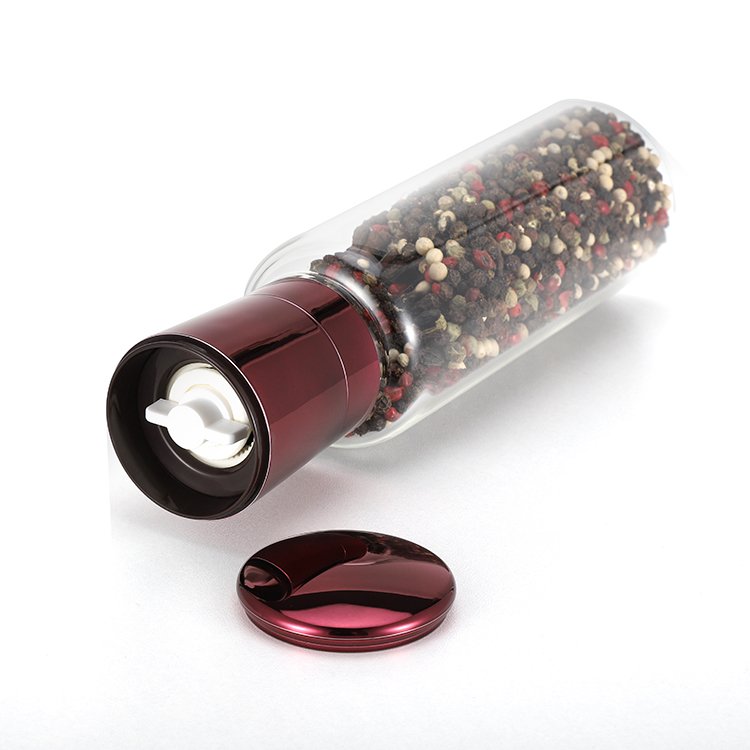
Proper Filling and Refilling Techniques
You protect your salt grinder and pepper mill by using the right filling methods. Always empty the grinder before cleaning to avoid leftover residue. Use a spoon to add salt or pepper, which helps you control the amount and prevents overfilling. Folding a piece of paper into a funnel or using a dedicated funnel ensures a clean pour and reduces the risk of spills. Avoid tightening the top too much, as this can damage the internal burr mechanism. These regular maintenance tips keep your house salt and pepper grinders in top condition.
Tip: A soft brush can help you clean the ceramic grinder head, preventing clogging and ensuring smooth grinding.
Storing Grinders to Prevent Moisture
Proper storage extends the life of your salt grinder and preserves the quality of your salt and pepper. Store grinders in a cool, dry place, away from heat sources and high humidity. Choose a cabinet or drawer to protect them from dust and accidental damage. Use grinders with airtight lids or seals to block moisture and maintain freshness. In humid climates, consider placing your salt grinder in an airtight container. Moisture exposure increases wear on grinding equipment and can cause clumping or flavor loss.
Adjusting Grind Settings for Longevity
Adjusting grind settings not only customizes your seasoning but also impacts the durability of your salt grinder and pepper mill. Use the right grind size for your salt type—kosher, sea, or Himalayan pink salt all work well with adjustable grinders. Refer to the table below for guidance:
| Grind Size | Impact on Flavor and Texture | Durability Implication |
|---|---|---|
| Coarse | Crunchy, strong flavor | May need more frequent adjustments |
| Medium | Balanced, versatile | Optimal durability |
| Fine | Smooth, subtle seasoning | Less wear on components |
You extend the life of your salt and pepper tools by choosing the right grind and making adjustments gently.
Troubleshooting Common Issues with House Salt and Pepper Grinders
Fixing Jams and Stuck Grinders
You may encounter jams in your salt and pepper grinders, especially when using certain types of peppercorns. Pink peppercorns, for example, can be gummy and clog the grinding mechanism. If your grinder becomes stuck, follow these steps:
- Check the power source if you use an electric grinder. Replace batteries or connect the charger.
- Disassemble the grinder and remove any blockages. Clean out pepper residue thoroughly.
- Adjust the grinding mechanism if it feels too tight or misaligned. Loosen the coarseness setting if needed.
- Inspect seals and gaskets for damage. Replace them to prevent leaks.
- Tap the grinder gently or use a brush to clear stuck peppercorns.
- Clean a pepper mill regularly to prevent residue buildup and ensure smooth operation.
Regular cleaning and using only fresh, dry peppercorns help prevent jams.
Preventing and Solving Moisture Build-Up
Moisture can cause salt crystals to clump and affect grinding performance. You can prevent this by:
- Cleaning and drying your grinder before storage.
- Storing your salt and pepper grinders in a dry, well-ventilated area.
- Using airtight containers to protect against humidity.
- Adding a few uncooked rice grains to your salt grinder to absorb excess moisture.
- Keeping grinders away from water sources and ensuring good air circulation.
Switching to drier salts, such as table salt, can also help if you notice persistent moisture issues.
Dealing with Uneven Grinding
Uneven grinding often results from clogged burrs or improper settings. To correct this:
- Clean the grinder burrs regularly to prevent clogging.
- Adjust the step dial carefully to achieve your preferred grind size.
- Maintain a steady grinding speed for uniform results.
- Place a towel under your pepper mill to stabilize it and absorb vibrations.
By following these steps, you ensure your salt and pepper grinders deliver consistent results every time.
You keep house salt and pepper grinders working at their best with regular cleaning and maintenance.
- Regular cleaning prevents corrosion and clogs, ensuring smooth operation of house salt and pepper grinders.
- Proper storage and using the right salt and pepper enhance durability and flavor.
Follow these tips for reliable performance and fresh seasoning.
FAQ
How do you prevent your salt grinder from clogging?
Always use dry salt crystals. Store your grinder in a cool, dry place. Clean the grinding mechanism regularly to remove any residue or moisture.
Can you use your pepper grinder for other spices?
You can grind dried spices like coriander or cumin seeds. Clean the grinder thoroughly between uses to avoid flavor transfer.
What should you do if your grinder produces uneven grinds?
- Check the grind setting and adjust as needed.
- Clean the burrs to remove stuck particles.
- Replace worn parts if necessary for consistent results.


